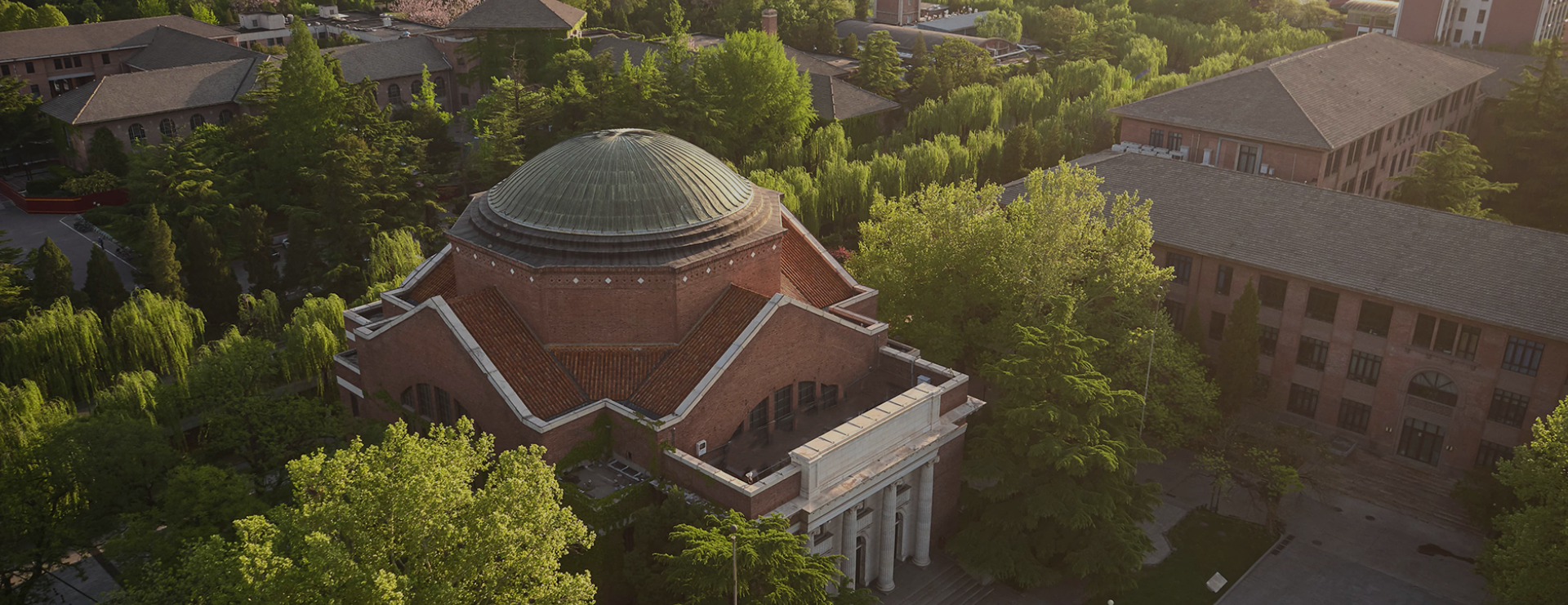If you think young Chinese are not interested in their country's cultural past, a TV program has just proved you wrong, Xing Wen reports.
Painting is silent poetry and poetry is painting that speaks. Down the ages, the two forms of cultural creation have acted as a record of China's evolving civilization and borne the spirit of its people. But how do you make all that relevant to the I-have-no-time smartphone and social media generation?
A TV program titled China in Poetry and Painting that explores the romantic connection between the type of literature and the work of visual art in China's history is now airing on China Central Television, and it has achieved what some might have thought of as impossible: attracting millions of young viewers for whom such fare is often an instant turnoff. The program has done so with the deft use of innovative presentation of classic paintings and illustrations of poems.
In each weekly episode, five ancient paintings and several poems on related themes are interpreted. With each painting, a performance is staged telling the story behind its creation, including close inspections of a painter's brush techniques and an exploration of the painter's spiritual world.
Technologies such as 3D holographic projection imaging, computer graphics, augmented reality and extended reality are also applied to add luster to the performances, including singing, dancing, stage plays, instrumental performances and martial arts.
Among the performers are singers Liao Changyong, Ayanga and Tan Weiwei, singer-songwriter Xu Song, and actors Cao Lei and Fan Siu-wong, who draw on their talents to present classic works of visual arts in their distinctive ways.
After each performance, the program's presenter Sa Beining, Fan Di'an, dean of the Central Academy of Fine Arts, Kang Zhen, vice-president of Beijing Normal University, and Wu Weishan, director of the National Art Museum of China, sit with the performers at a round table, together savoring the classics, illustrating their artistic style, aesthetic value and their position in the history of Chinese fine arts.
They also ruminate on associated poems, ones that dovetail with the painting being discussed, to help viewers better understand the work and the spiritual pursuits of Chinese literati in ancient times.
"We aim to find ways that can make ancient poems and paintings come alive," says Tian Mei, chief director of the program.
In bringing the program together, the production team worked closely with experts at the Palace Museum in Beijing, Beijing Normal University, the Central Academy of Fine Arts, the National Art Museum of China and other institutions, selecting nearly 60 classic paintings. The aim was to present a clear, viewer-friendly background story for each piece and its artistic and spiritual value. This in turn informs how each performance is brought to fruition.
Tian stresses that in designing the performance, loving attention is given to every single detail.
For instance, in giving an innovative interpretive spin to the painting Travelers Among Mountains and Streams by Fan Kuan of the Northern Song Dynasty (960-1127), veteran actor Li Guangfu and two young dancers, Zhu Fengwei and Gong Zhonghui, were invited to portray the travelers in the painting and stage an imaginary rendezvous between them.
Digital 3D reconstruction of the woods, mountains, stones and waterfalls in the painting was realized using postproduction effects to depict the three characters in an environment strikingly similar to that in Fan Kuan's masterpiece.
One of the keywords in all of this is collaboration, with some of the brightest artistic minds in varied art fields, Tian says. These include playwrights and directors of the Beijing People's Art Theater and drama costume designer Cui Xiaodong.
To better deliver the aesthetic enjoyment brought by the painting scroll Miscellaneous Flowers by Xu Wei of the Ming Dynasty (1368-1644), the show invited pianist Lang Lang to perform with the International Master Philharmonic Orchestra, playing a symphony that synthesizes the Chinese ballad Moli Hua (Jasmine Flower) with Claude Debussy's Moonlight and Edvard Grieg's Piano Concerto.
Lang says he was impressed by the ink-painted scroll, which is more than 10 meters long. "Beyond the static artwork, I seem to have seen all plants flourishing and heard the melody from the ink strokes. This symphony really pierces the heart."
As the music begins, bold strokes appear in a virtual space and then gradually form the shape of 13 plants that are depicted in Xu Wei's painting, including peonies, pomegranates, wisterias, pumpkins, plum blossoms, lotus leaves and bamboos.
Teachers and students of the Academy of Arts and Design of Tsinghua University in Beijing were invited to imitate Xu Wei's brushwork of wild cursive script and his sketchy presentation of the various plants with splashed ink redolent of his painting to create the visual aspects of the performance.
"We want to articulate, disseminate and create beauty that brings new life to these ancient poems and paintings. We use modern expression of traditional cultures to unfold a vivid, spectacular picture of China in poems and paintings," Tian says.
Kang says the program will help audiences understand the spirit of Chinese people by looking deeply at ancient Chinese poems and paintings. In those works, painters and poets were not obsessed with sticking to the details of what they perceived with their eyes and ears, but instead were intent on portraying the matters that preoccupied their souls, he explains.
To prepare for the show, he says, he wrote notes on more than 200,000 Chinese characters related to the selected paintings.
Associating poetry with painting has given him a new perspective for his studies on Chinese classical literature, he says, and his involvement in the program has inspired him to do more interdisciplinary study in related fields.
About thirty-half of the total number of-paintings displayed in the show are in the collection of the Palace Museum.
Wang Xudong, the museum's director, says the show provides an opportunity for experts who conduct studies on cultural relics at the museum to promote their research results in varied art forms.
Editor: Guo Lili

